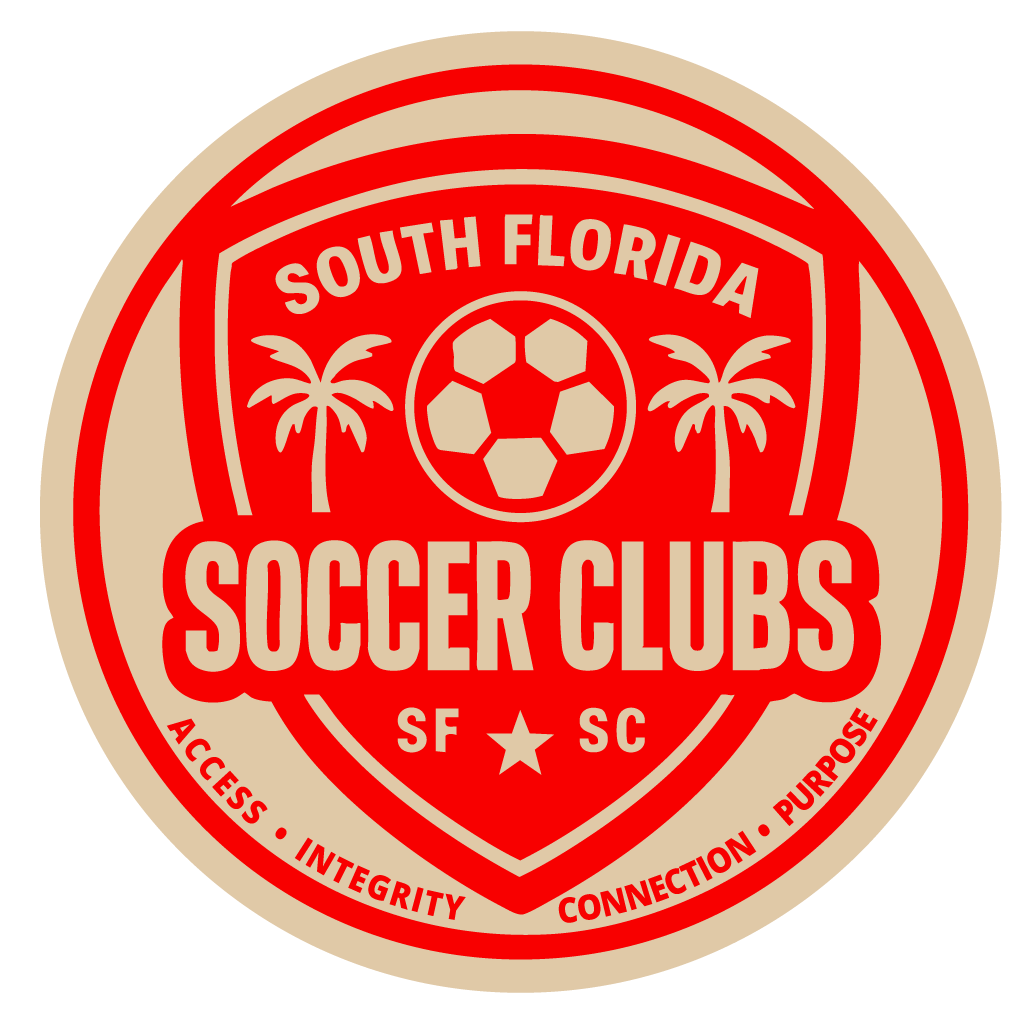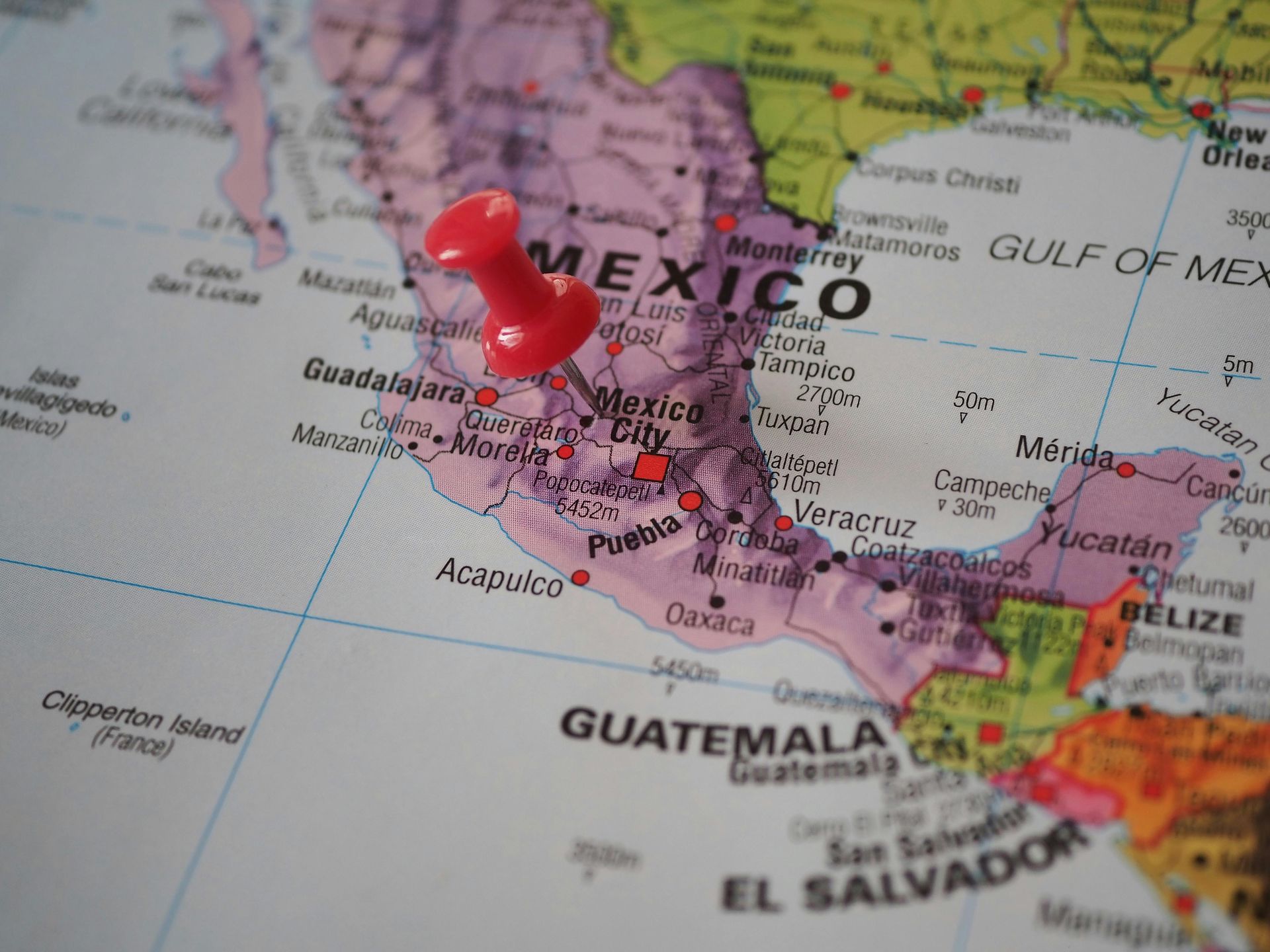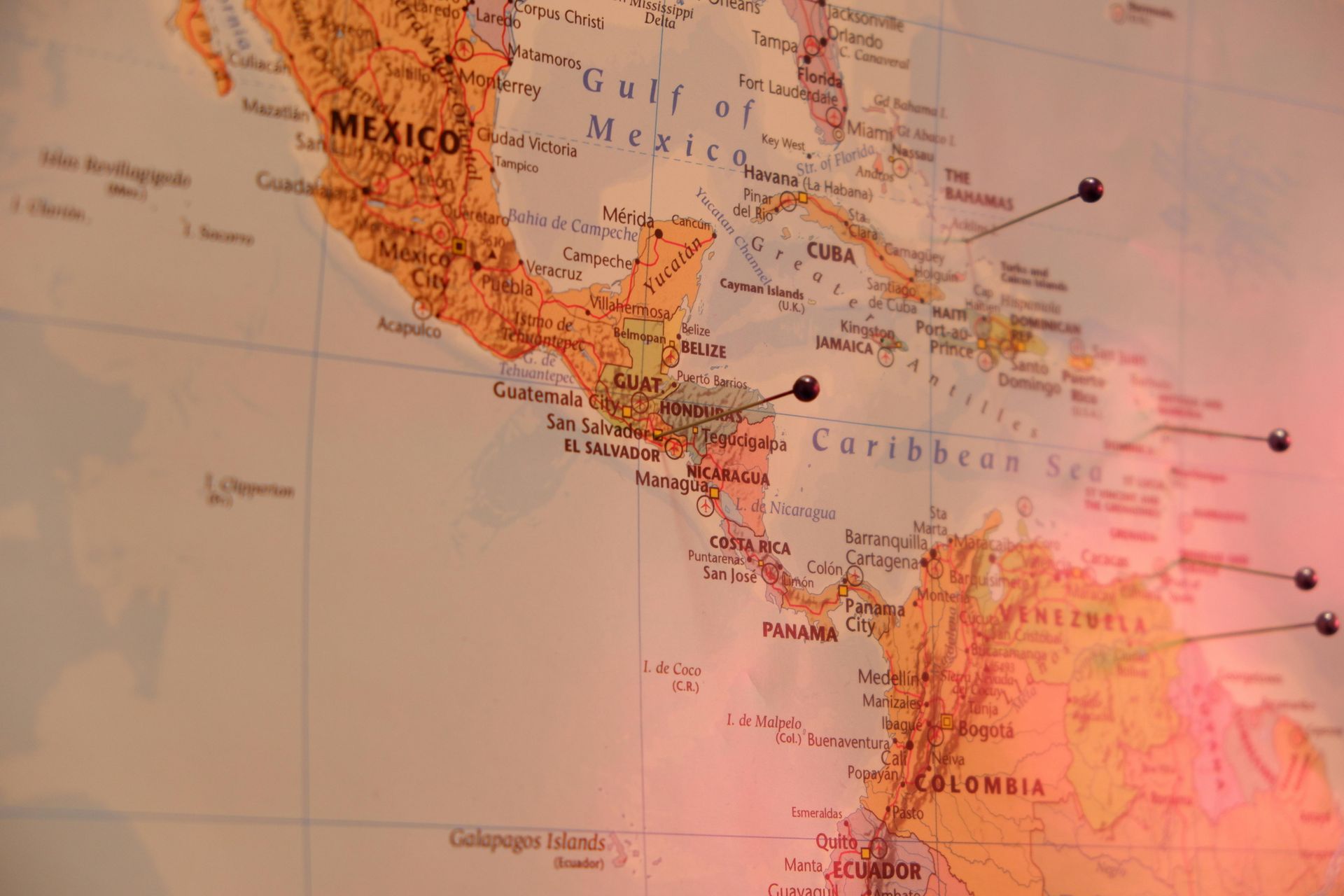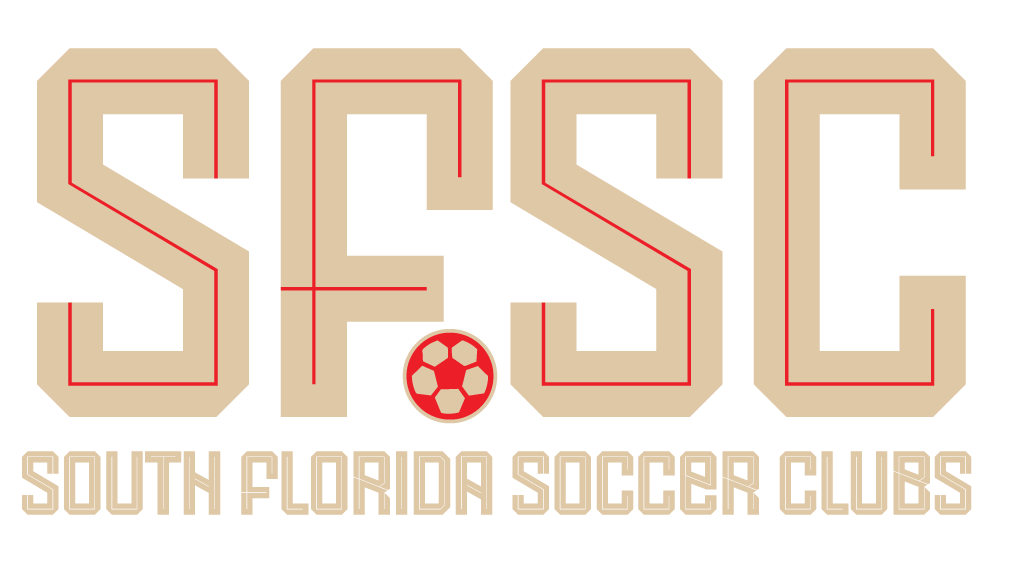Youth Soccer Structures Around the World
How the U.S. System Compares to Youth Soccer in Europe, Latin America & the Caribbean
🌎 How Youth Soccer Works Around the World
Unlike the U.S., most countries have a centralized national structure under their soccer federation, with a clear path to the professional level through club academies and regional leagues.
🇺🇸 Youth Soccer in the United States
Youth soccer in the U.S. is organized through multiple national and regional leagues, including:
- MLS NEXT & MLS NEXT Pro
- ECNL & ECNL Regional Leagues
- USL Academy, Super Y, and USL Youth
- NPL (National Premier Leagues)
- State Leagues & Regional Platforms
Each league has its own structure, style of play, and goals — which gives families many options, but also creates a system that can be hard to navigate.
The U.S. system emphasizes:
- Broad participation
- Club and league variety
- Diverse competition formats
- Often includes pay-to-play models
🇪🇸 🇫🇷 🇳🇱 🇬🇧 Western Europe
These countries (Spain, France, Netherlands, England, etc.) typically feature:
- Federation-led systems with regional and national competitions
- Youth academies fully integrated into professional clubs
- Minimal to no cost for elite development (club-funded)
- Unified league structures — not competing leagues
In addition to professional academies, many youth players in countries like Spain, France, and the Netherlands start out at local or neighborhood clubs. These are independent, non-professional clubs registered with the national football federations and play in regional youth leagues. Even though they are not tied to professional clubs, their teams can still move up divisions and players often get scouted into academy systems over time. Unlike in the U.S., all these clubs — both academy and independent — play within a single national structure, not in competing leagues.
While this section highlights countries like Spain, France, the Netherlands, and England due to their structured youth systems and global influence, many other European countries — including Germany, Italy, Portugal, Belgium, Croatia, and the Nordic nations — also have strong youth development models rooted in federation-led systems and club academies. Each country brings its own philosophy, history, and approach to the game, but most follow a centralized pathway with strong connections between grassroots clubs and professional academies.
🇧🇷 🇦🇷 South America
Brazil and Argentina are famous for producing top talent, and their systems focus on:
- Club-run academies often tied to professional teams
- State leagues and national tournaments (e.g., Copa São Paulo U20)
- Early identification of talent — kids are scouted young
- Youth teams play within the club’s pyramid all the way to pro level
- No competing national youth leagues — just tiers and progression
- No pay-to-play at the elite level; top kids often live at the club academy
While professional academies play a major role in development, most kids in Brazil and Argentina start in local soccer schools or small community clubs. These teams play in state or regional leagues, and standout players are often scouted by top academies. Even though these clubs aren’t part of a pro team’s system, they still compete under a unified structure — and talent can rise quickly.
While this section highlights Brazil and Argentina due to their well-established development systems and global recognition, many other South American countries — such as Colombia, Uruguay, Chile, Peru, Ecuador, Venezuela and Paraguay — also have strong soccer cultures, youth academies, and local club systems that contribute significantly to the global talent pool. Each country may have unique structures and resources, but the general approach of club-centered development and early identification remains a common thread across the region.
HELLO WORLD
Comparison Table
| Region | Structure | Path to Pro | Pay-to-Play | Scouting Style | Community Clubs Included? |
|---|---|---|---|---|---|
| USA | Fragmented leagues | Depends on league/club | Often yes | College, showcases | Yes, but outside the unified structure |
| Europe | Unified structure | Through club academies | Rare | Club scouts at early age | Yes, all play in same system |
| South America | Club-based | Direct club pipeline | No | Intense early scouting | Yes, via state leagues or futsal clubs |
| Central America | Intense early scouting | Informal paths | Low to none | Club or national scouts | Yes, Often start in schools or small clubs |
| Caribbean | National/regional | Limited, outside paths | Low | National team visibility | Yes, often school or community based |
What This Means for Families in South Florida
Many families relocating to South Florida from Latin America or the Caribbean may feel surprised by how complex the U.S. youth soccer landscape is.
That’s why South Florida Soccer Clubs exists — to help you:
✅ Understand the system
✅ Find the right club
✅ Choose the best league based on your child’s level and goals
✅ Get the support and exposure you need
📍 Explore our Search Tool to compare clubs in your area (Under Development)
📘 Read our guides on college soccer, scholarships, and league breakdowns






